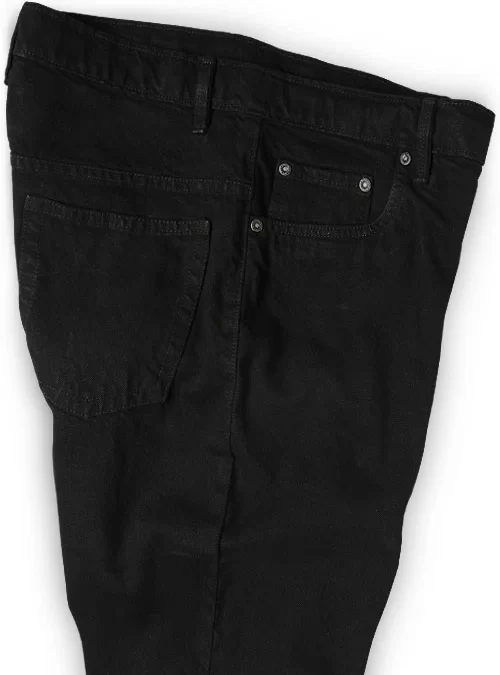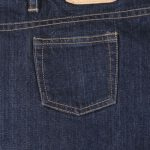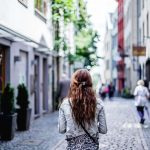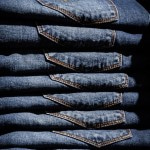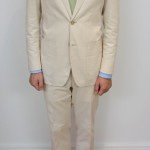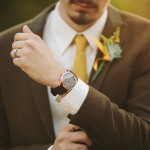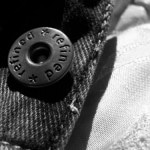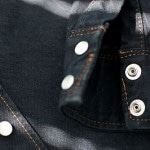Jeans receive their color from dye. Whether they are indigo, light blue, black or any other color, all jeans are made with dye. They are constructed of denim that’s submerged in a solution of water and dye. The color of the dye used, of course, will determine the color of the jeans.
Some jeans, however, are made with more dye than others. Known as overdyed jeans, they feater a deeper, stronger color than traditional jeans. If you’re worried about fading, you may want to choose overdyed jeans. All jeans can fade. Overdyed jeans, however, offer greater protection against fading thanks to their strong color. They are simply made with more dye than traditional jeans. If you’re thinking about buying a pair of overdyed jeans, you should consider the following tips.
Color
When shopping for overdyed jeans, you’ll need to consider the color. They are available in many of the same colors as traditional jeans. The difference between traditional jeans and overdyed jeans, of course, involves the amount of dye used in their construction. Overdyed jeans contain more dye than their traditional counterparts, resulting in a stronger color.
The color of your overdyed jeans will determine the garments with which you can wear. Not all colors go together. If you choose black overdyed jeans, for instance, you may not be able to wear them with brown garments. If you choose brown overdyed jeans, on the other hand, you may not be able to wear them with black garments. Regardless, you should consider the color when shopping for overdyed jeans.
Enzyme Washed
You may want to choose enzyme-washed overdyed jeans. What are enzyme-washed jeans exactly? The term “enzyme-washed” refers to the use of cellulose enzymes to soften jeans during production. Some manufacturers add cellulose enzymes when washing newly produced jeans. Enzyme-washed jeans such as these are softer than traditional jeans.
Overdyed jeans are available in enzyme-washed and traditional styles. Enzyme-washed overdyed jeans have become increasingly popular. They are still made with more dye — just like all overdyed jeans — but they are washed in cellulose enzymes to achieve an ultra-soft texture.
What are the benefits of choosing enzyme-washed overdyed jeans exactly? Below are some of the top reasons to choose enzyme-washed over standard-washed overdyed jeans:
- Soft texture that’s gentle on your skin
- Less likely to fade when washed and dried
- Unique appearance that stands out from traditional jeans
- Greater protection against shrinkage
- Easy to clean and maintain
Pocket Style
Don’t forget to consider the pocket style when shopping for overdyed jeans. Whether traditional or overdyed, all jeans have pockets. Pockets are a common feature of all jeans. With that said, the number of pockets a pair of jeans has, as well as the placement of these pockets, may vary.
Overdyed jeans often feature a five-pocket style. As the name suggests, this style is characterized by the use of five pockts. Five-pocket overdyed jeans have two pockets in the back and two pockets in the front. Within the front-left pocket, though, is an additional pocket.
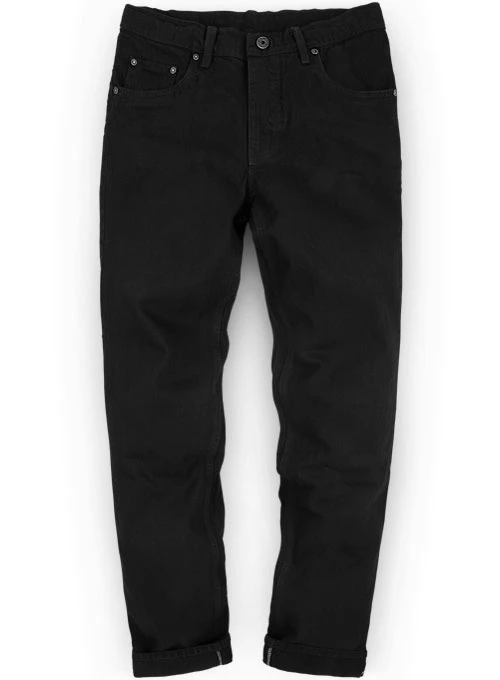
Type of Denim
Something else to consider when shopping for overdyed jeans is the type of denim. They are all made of denim. Jeans, in fact, are defined by their denim construction. But the specific type of denim used in their construction may vary.
You can find overdyed jeans made of plain denim. They aren’t made of any other materials. Rather, they feature a 100% denim construction, resulting in a classic look and feel. There are also overdyed jeans made of stretch denim. Stretch denim looks like plain denim, but it’s actually a combination of plain denim and an elastic material.
If you prefer pants that are somewhat stretchy, you may want to choose overdyed jeans made of stretch denim. The Stretch Jet Black Overdyed Jeans sold here at MakeYourOwnJeans, for instance, are made of stretch denim. The stretch denim from which they are made consists of 97% cotton and 3% lycra. Lycra is an elastic material. While 3% may sound like an insignificant amount, it changes the physical properties of denim. With just 3% lycra, overdyed jeans become stretchier and more elastic.
Rivets
You should look for rivets when shopping for overdyed jeans. Not to be confused with buttons, rivets are fasteners that are designed to secure and reinforce sections of fabric. You can usually find them on the seams.
While most jeans have rivets, the quality of their rivets may vary. If you’re going to buy a pair of overdyed jeans, you should check to make sure they have high-quality rivets. Solid metal rivets, for example, will last longer than hollow or otherwise poorly made rivets.
Rise
Overdyed jeans are available in different rises. The rise refers to how high the jeans sit when worn. There are low-rise, medium-rise and high-rise overdyed jeans.
Low-rise overdyed jeans sit low when worn. Medium-rise overdyed jeans are designed to sit directly around the waist when worn. High-rise overdyed jeans, conversely, sit high when worn. Regardless of your personal preference, you can find overdyed jeans available in all three rise styles.
Denim Weight
Finally, you should consider the weight of the denim used in the construction of overdyed jeans. Whether traditional or overdyed, all jeans are made of denim. The amount of denim used in their construction, though, may vary. Some jeans are made of more denim than others, resulting in a heavier weight.
A typical pair of overdyed jeans will contain about 12 ounces of denim. There are other types of overdyed jeans that are made of less denim, resulting in a lighter weight. And you can find overdyed jeans made of more denim, resulting in a heavier weight. The bottom line is that you should check the weight of the denim before buying a pair of overdyed jeans. The weight of the denim will determine how much denim material was used in their construction.

